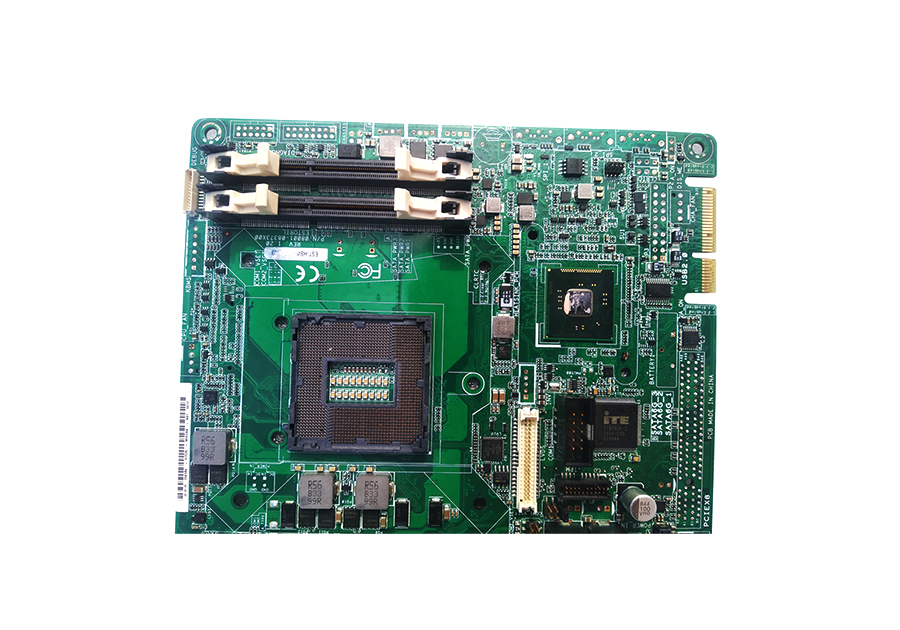-
CN
-
Service Hotline
+8618129931046 Mr. Liao


Time:2025-06-12 Views:1

Electromagnetic compatibility (EMC) design is essential for single - sided PCBs to ensure that the electronic devices they are part of do not cause interference to other equipment and are also immune to external electromagnetic interference. The design of single - sided PCBs, with their single layer of traces, requires specific strategies to achieve good EMC performance.
Component placement is a key aspect of EMC design on single - sided PCBs. High - frequency components, such as crystal oscillators and RF (radio - frequency) modules, should be placed as far away as possible from sensitive analog components, like operational amplifiers and analog - to - digital converters. This separation helps in reducing electromagnetic coupling between different types of components. For example, the electromagnetic fields generated by a crystal oscillator can interfere with the accurate operation of an analog circuit if they are placed too close together. Additionally, components that generate or are sensitive to electromagnetic emissions should be grouped together, and proper shielding or isolation techniques can be applied to these groups.
Trace routing also significantly impacts EMC. On single - sided PCBs, keeping high - frequency traces short and straight can minimize electromagnetic radiation. Long, winding traces can act as antennas, radiating electromagnetic energy. Differential signal traces, which are used for high - speed data transmission, should be routed in parallel and kept as close to each other as possible to reduce electromagnetic interference. Moreover, power - supply and ground traces should be routed in a way that minimizes the formation of large loops, as large loops can couple with external electromagnetic fields and cause interference. A continuous and low - impedance ground plane on the single - sided PCB is crucial for EMC. It helps in providing a return path for electromagnetic currents and reduces the potential for electromagnetic radiation. If possible, a ground fill can be added on the PCB to increase the effective area of the ground plane.
Filtering components play an important role in EMC design. Ferrite beads can be placed on power - supply lines to suppress high - frequency noise. Capacitors can be used for decoupling, reducing the noise on power - supply lines and preventing it from affecting the operation of sensitive components. These filtering components should be placed as close as possible to the components they are intended to protect. In addition, shielding can be applied to single - sided PCBs in some cases. For example, if the PCB contains high - frequency or RF components, a metal shield can be placed over these components to contain the electromagnetic emissions and prevent them from interfering with other parts of the circuit or external devices.